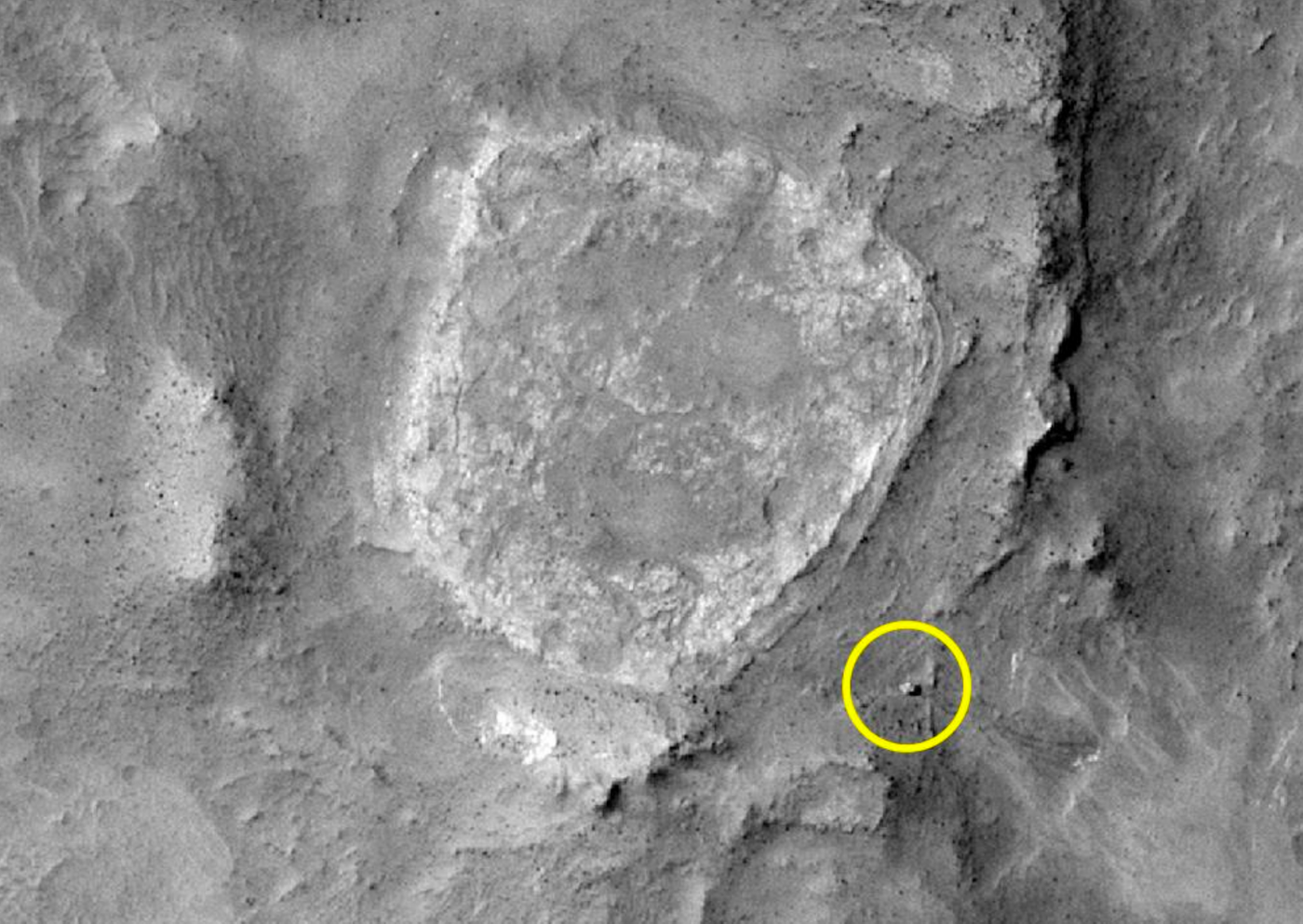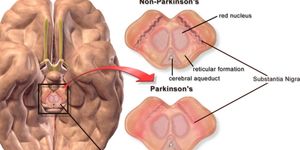New Hotspot for Potential Past Life Found on Mars
The search for life in our Solar System is continuous, and still, to no avail, but researchers aren’t giving up yet. Mars is one of the closest planets to Earth that we can get to the easiest, and it’s one of the hotspots for possible life because it’s inside the Sun’s habitable zone.
Because we have yet to check and see what’s hidden under all of Mars’ rocks, we don’t know for sure if there is or was at some point any kind of forms of life on Mars. Nevertheless, the probing continues.
On the other hand, a new lead from Arizona State University students suggests that a specific point on Mars near the large Gusev Crater shares a lot of characteristics with a hot spring that can be found in El Tatio, Chile here on Earth.
Image Credit: NASA/JPL-Caltech/University of Arizona
Appearing in the journal Nature Communications, the researchers explain that Mars too has a hot spring-like structure that may have once supported life in the past. It’s strikingly similar to the aforementioned place on Earth, so scientists immediately traveled to Chile to learn more about the region.
Finger-shaped silica deposits that get produced in these kinds of regions from the natural forces of both biological and non-biological activity were the main source of interest in this study. These deposits can be found around hot springs all around the world, including Yellowstone National Park.
They were found at the hot spring location of interest on Mars by the Spirit rover almost a decade ago, but they’ve also apparently been found at the El Tatio, Chile hot spring. This suggests the ones on Mars might have been formed in similar ways to those here on Earth, seemingly suggesting that life may have played a role.
The hot springs at El Tatio are a better fit for Martian conditions than Yellowstone is because of the sheer elevation, which scientists estimate to be about 14,000 feet above sea level. At this height, temperature and ultraviolet light exposure are significantly different than anywhere else in the world, and makes the conditions a lot more Mars-like.
When life leaves something behind, this is known as a biosignature. It’s something scientists can use to determine that life was there previously, even if it’s not there currently. These silica deposits just might have been the byproduct of microbial life on Mars at some point in time.
It’s a gutsy assumption, considering no rover has yet discovered any traces of life on the red planet to date, including any kind of fossils, but it’s something to go by, which is better than nothing.
The idea that there may be traces of life in this region on the red planet also suggests a possible new landing zone for the upcoming Mars 2020 rover. Since there’s a good chance we might find something unusual here, putting the rover in this spot to study might yield impressive results.
Still, there’s no guarantee that the rover will be placed in the Gusey Crater region, and there’s still no guarantee that we’ll find anything worthwhile there even if we did.
It’s a dicey move, but eventually the Mars 2020 rover will have to land somewhere, and scientists are convinced that this is a good place to start a new generation of life searches on the red planet before humans inevitably get sent there to settle permanently.
Source: Arizona State University









